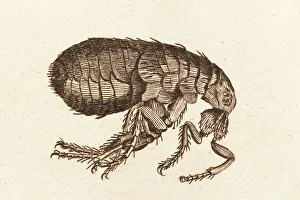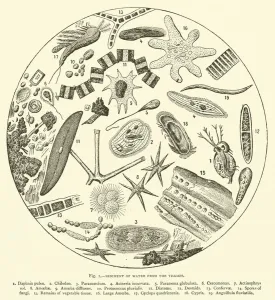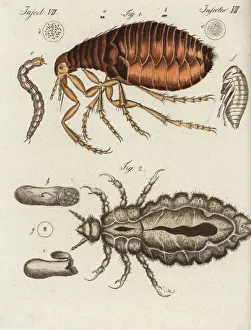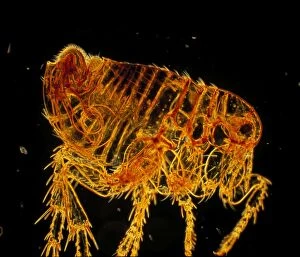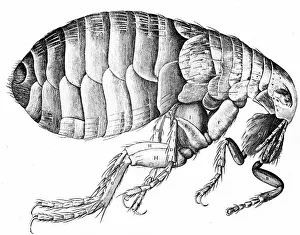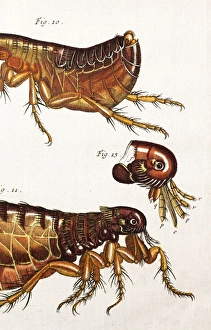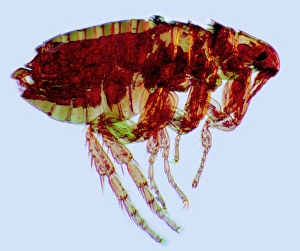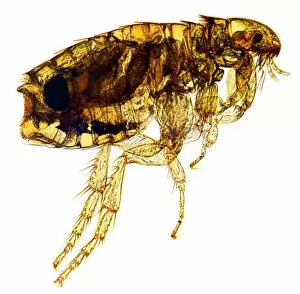Pulex Collection
"Pulex: The Tiny Bloodsucker Unveiled in Captivating Illustrations" Step into the microscopic world of Pulex
All Professionally Made to Order for Quick Shipping
"Pulex: The Tiny Bloodsucker Unveiled in Captivating Illustrations" Step into the microscopic world of Pulex, a notorious bloodthirsty insect that has plagued humans for centuries. This captivating illustration, titled "Flea C017 / 3435, " brings to life the intricate details of this minuscule creature. Belonging to the species Pulex irritans, commonly known as the human flea, this tiny insect can be found infesting homes and causing relentless itching and discomfort. Its presence is beautifully depicted in another engraving titled "Sediment of Water from the Thames, " showcasing its ability to adapt and survive even in adverse conditions. Intriguingly, Pulex shares an uncanny resemblance with another pesky parasite - lice. A mesmerizing image called "Human Flea and Louse" captures their close association, highlighting their shared impact on human health throughout history. The significance of these illustrations becomes more apparent when we delve into historical records. In Robert Hooke's groundbreaking work Micrographia from London 1665, an engraving aptly named "The Flea" showcases this wingless bloodsucking pest in all its glory. It serves as a testament to our fascination with understanding these minute creatures that have been tormenting us since time immemorial. Not limited to just humans, water fleas also make up a part of the vast insect kingdom. An enchanting depiction labeled "Insect / Water Flea" sheds light on their unique adaptations for survival in aquatic environments. One cannot help but marvel at how artists like Rosenhoff captured every intricate detail through their artistry during the mid-18th century. Their masterpieces such as "1744 Human Pulex flea by Rosenhoff" showcase not only artistic prowess but also serve as valuable scientific documentation.

